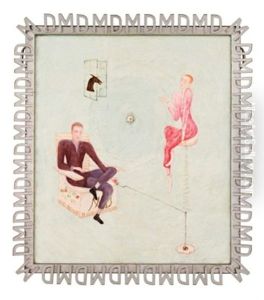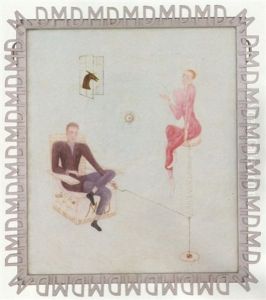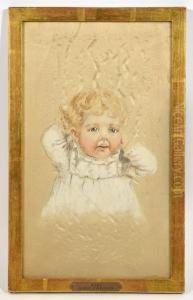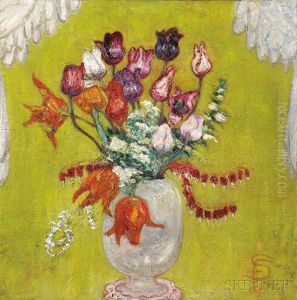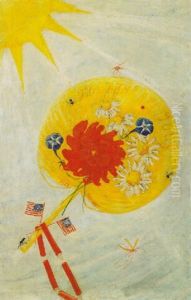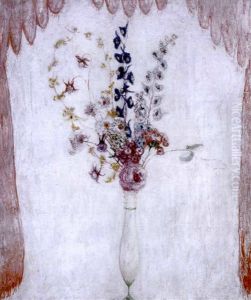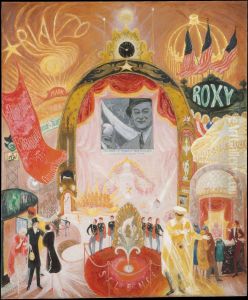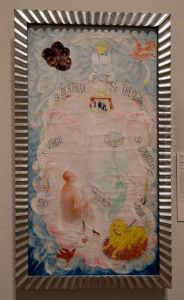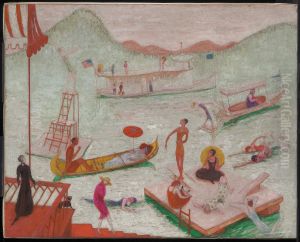Florine Stettheimer Paintings
Florine Stettheimer was an American painter, designer, and poet known for her vibrant and theatrical paintings that offer a unique blend of autobiographical, societal, and feminist themes. Born on August 19, 1871, in Rochester, New York, into a wealthy family, Stettheimer had the luxury of pursuing her interest in art from a young age. Together with her sisters, Carrie and Ettie, Florine became part of New York City's intellectual and artistic circles. She studied art both in the United States and Europe, including at the Art Students League of New York and the Académie Julian in Paris, reflecting the transatlantic nature of her artistic education and influences.
Throughout her life, Stettheimer's work was deeply personal and often depicted scenes from her daily life and social circle, which included prominent figures of the New York avant-garde, such as Marcel Duchamp and Georgia O'Keeffe. Her paintings are characterized by their use of bright colors, intricate detail, and a blend of reality and fantasy. Stettheimer's unique style resisted easy categorization, standing apart from the dominant movements of her time, such as realism, abstraction, and surrealism, though she shared some affinities with the latter in her dreamlike compositions.
Florine Stettheimer also played a significant role in the cultural life of New York City beyond her painting. She designed sets and costumes for theatrical productions and was an active participant in the artistic and literary salons hosted by her family. These gatherings were critical in shaping the cultural landscape of New York in the early 20th century, serving as a meeting place for artists, writers, and intellectuals.
Despite her significant contributions to the art world, Stettheimer's work was not widely recognized during her lifetime. She held only one solo exhibition in 1916, and it was only after her death on May 11, 1944, that her art gained broader recognition. Today, Florine Stettheimer is celebrated as a pioneering figure in American modernism, and her paintings are held in major collections, such as the Museum of Modern Art in New York and the Whitney Museum of American Art. Her work continues to be the subject of scholarly interest and exhibitions, recognized for its insightful commentary on society, gender, and the role of the artist.
